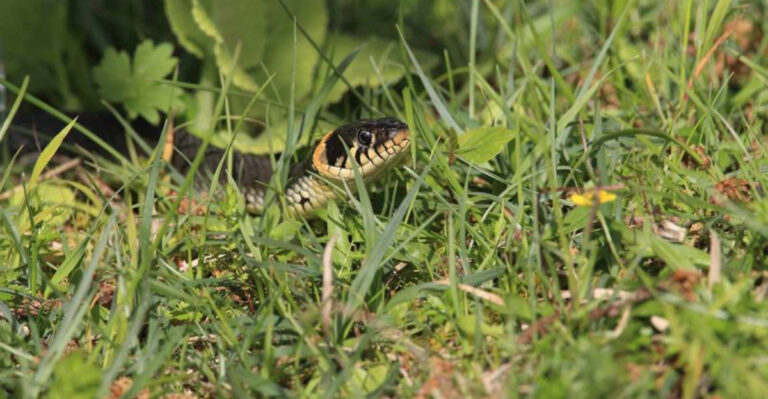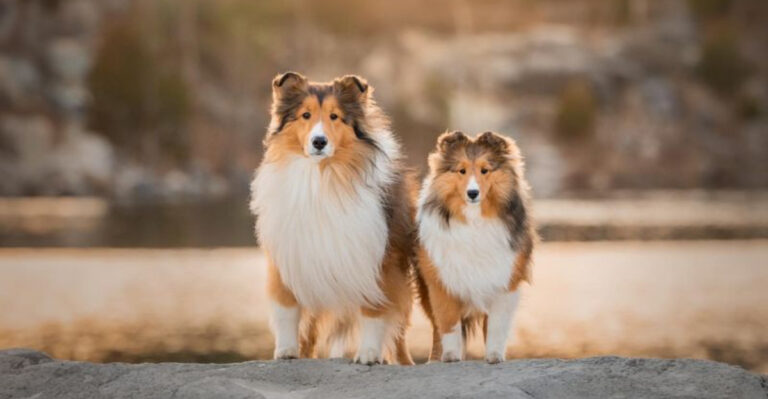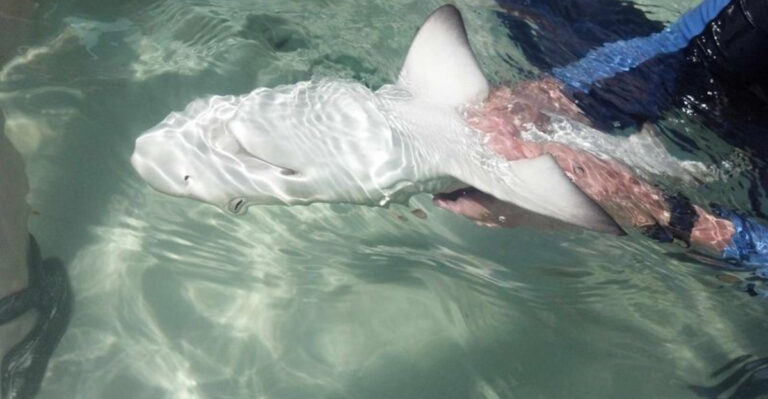13 Big Cats Living In Some Of The World’s Most Dangerous Habitats
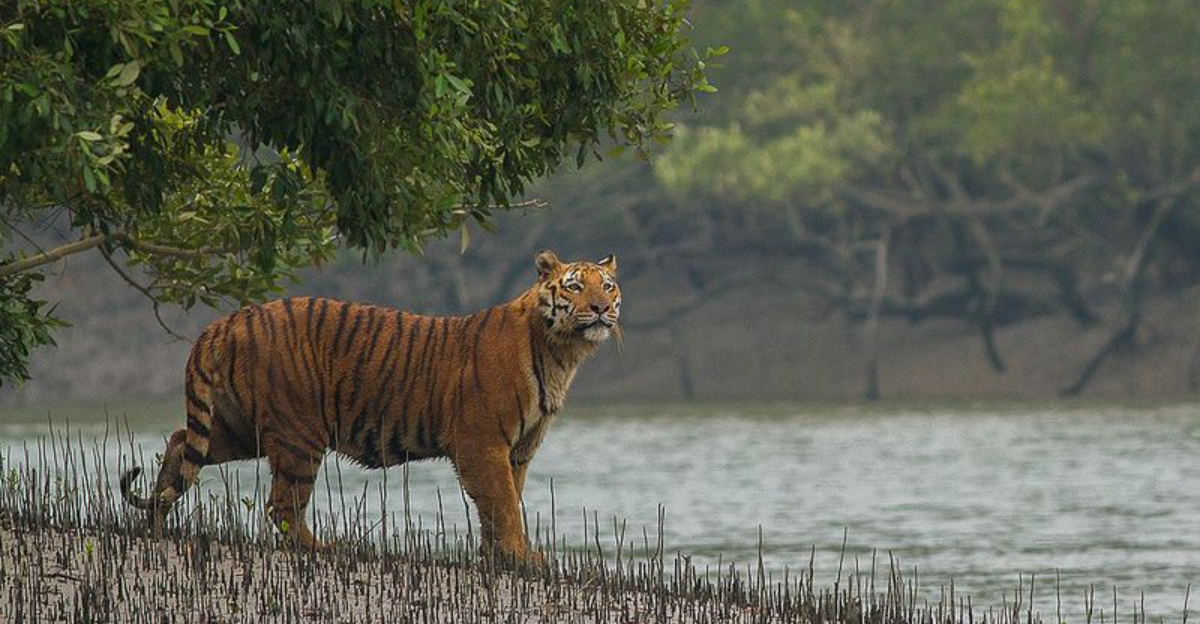
Big cats are nature’s most majestic predators, often surviving in some of Earth’s harshest environments.
From freezing mountain peaks to scorching deserts, these powerful felines have adapted to extreme conditions that would challenge even the most seasoned explorers.
Yet despite their incredible resilience, many now face their greatest challenge: surviving in a world increasingly shaped by human activity.
1. Siberian Tiger

Masters of the frozen wilderness, Siberian tigers roam through snow-covered forests where temperatures plummet to -50°F. Their thick fur and layer of fat provide crucial insulation against brutal Russian winters.
These endangered tigers face a double threat: illegal logging destroys their home while poachers hunt them for traditional medicines. With fewer than 500 left in the wild, each loss brings them closer to extinction.
2. Amur Leopard
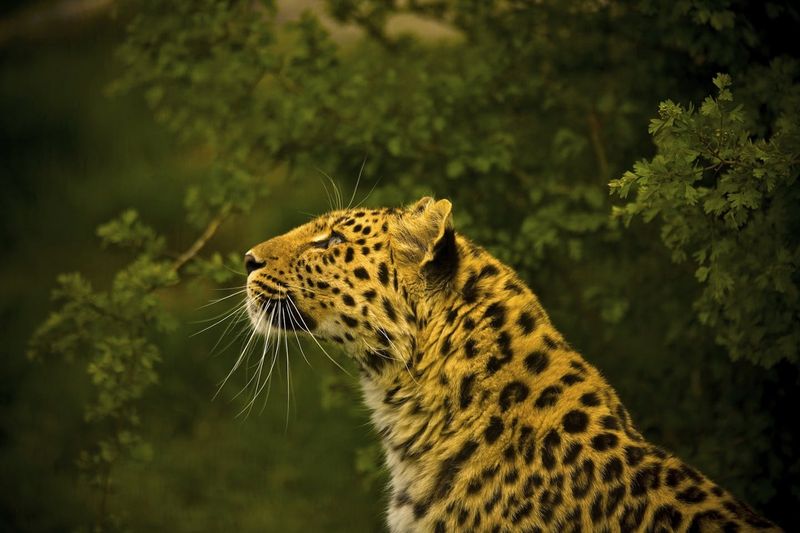
Critically endangered with fewer than 100 individuals remaining, Amur leopards navigate the challenging border forests between Russia and China. Their spotted coats blend perfectly with dappled forest light, helping them hunt unseen.
Human development cuts through their territory like a knife. Roads, farms, and logging operations have fragmented their home, forcing these solitary cats to cross dangerous human landscapes just to find mates.
3. Snow Leopard
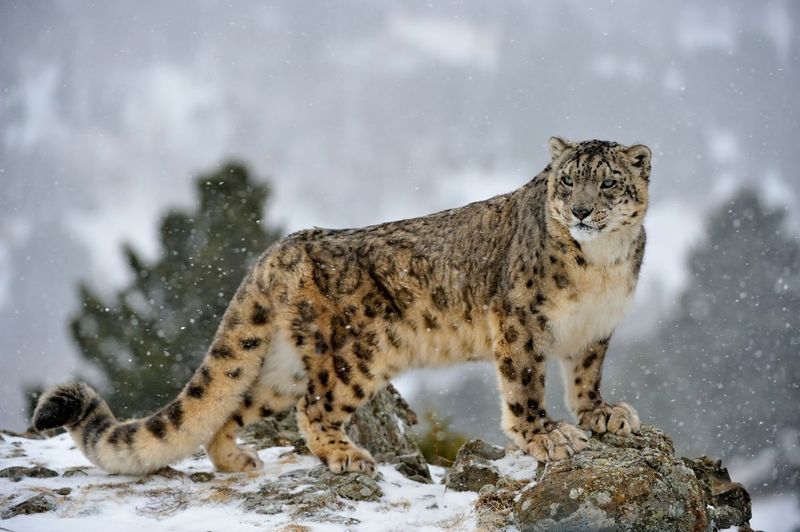
Phantom cats of the mountains, snow leopards prowl Himalayan peaks at elevations up to 18,000 feet where oxygen is scarce and temperatures brutal. Their massive paws act like natural snowshoes, distributing weight on treacherous slopes.
Conservation efforts face immense challenges in these remote regions. Climate change melts their high-altitude habitats while conflict with local herders threatens their survival in an already unforgiving landscape.
4. African Lion
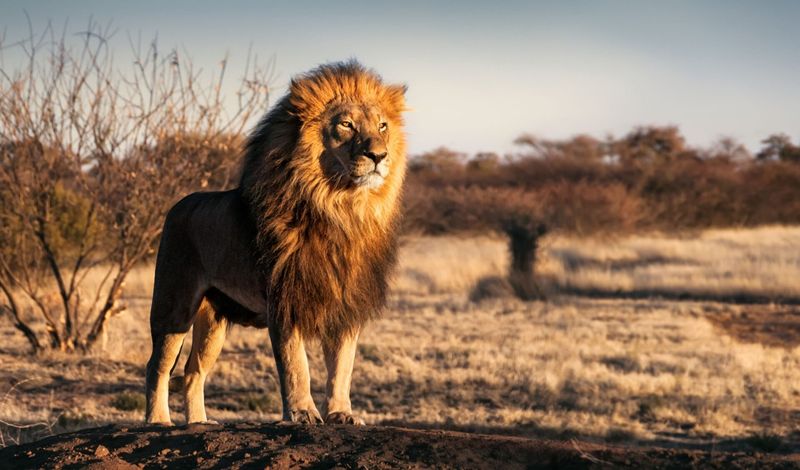
Kings of the savanna, African lions endure extreme heat, seasonal droughts, and increasing competition with humans for territory. Once ranging across most of Africa, they’ve lost 94% of their historic range.
When lions prey on livestock, farmers often retaliate with poison or traps. Trophy hunting and habitat conversion to farmland further threaten these iconic cats, whose numbers have declined by 43% in just two decades.
5. Cheetah
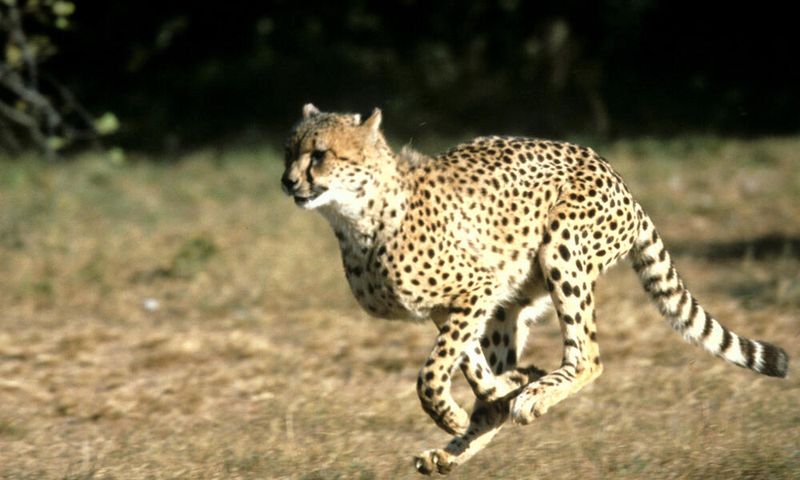
Built for speed rather than power, cheetahs race across East African plains at 70 mph in pursuit of prey. Their slender bodies and non-retractable claws make them specialized sprinters but vulnerable to stronger predators.
Habitat fragmentation forces cheetahs to travel farther between suitable territories. Cubs face high mortality rates from lions and hyenas, while adults struggle to find enough space to hunt in increasingly crowded conservation areas.
6. Jaguar
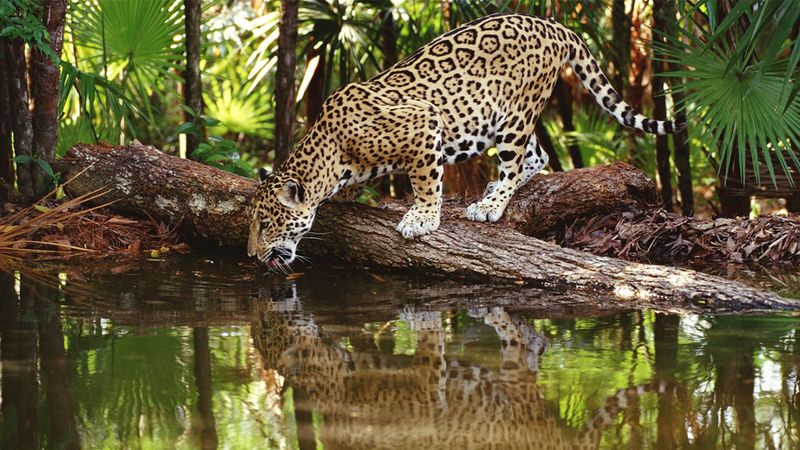
Rainforest shadows conceal the powerful jaguar, the largest cat in the Americas. Unlike many felines, jaguars embrace water, swimming across rivers and hunting caimans in flooded forests.
Ranchers often shoot jaguars to protect livestock, while illegal logging tears apart their jungle home. Gold mining pollutes rivers with mercury, poisoning the entire food chain these apex predators depend on in once-pristine Amazon ecosystems.
7. Leopard
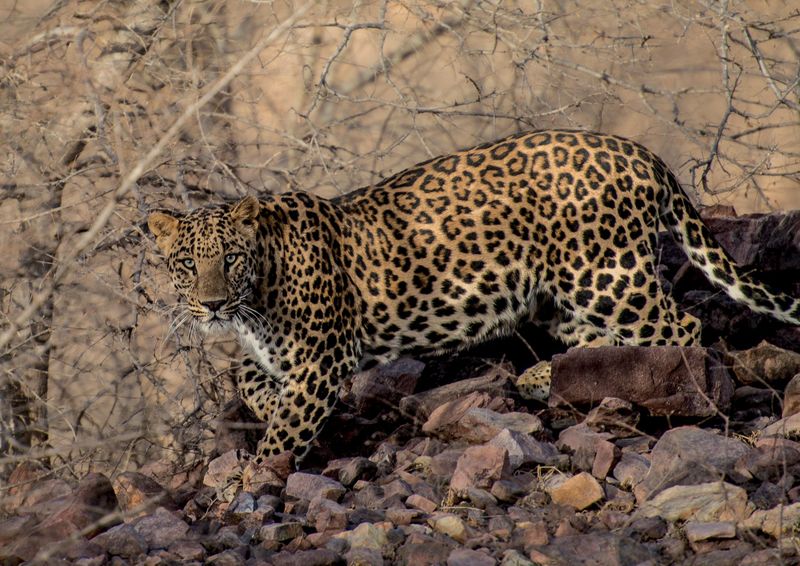
Nature’s ultimate survivalists, leopards thrive from African savannas to Asian rainforests, even adapting to life on urban fringes. Their incredible strength allows them to hoist prey twice their weight into trees, safe from other predators.
Adaptability has its limits, though. Habitat loss pushes leopards into conflict with humans, while poachers target them for their beautiful spotted pelts and body parts used in traditional medicine.
8. Clouded Leopard
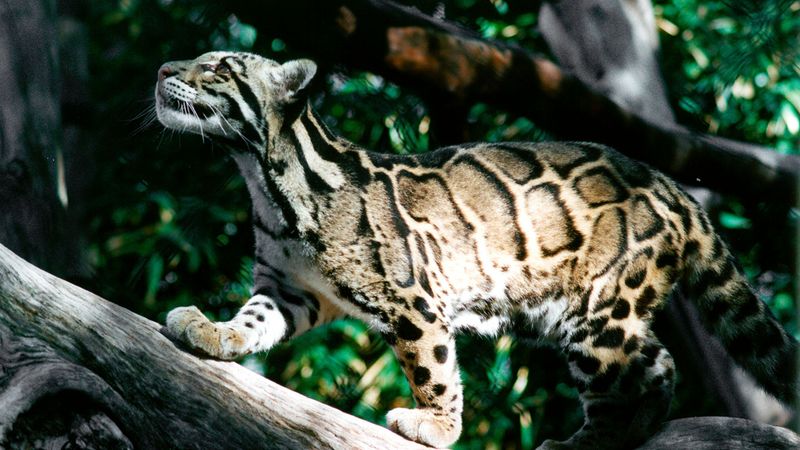
Half-sized cousins to true leopards, clouded leopards possess the longest canine teeth relative to body size of any living cat. Their ankle joints rotate backward, allowing them to descend trees headfirst like squirrels.
Southeast Asia’s rapid deforestation leaves these remarkable climbers with fewer places to hide. Wildlife traffickers target them for the illegal pet trade and traditional medicine market, further threatening their already vulnerable populations.
9. Bengal Tiger
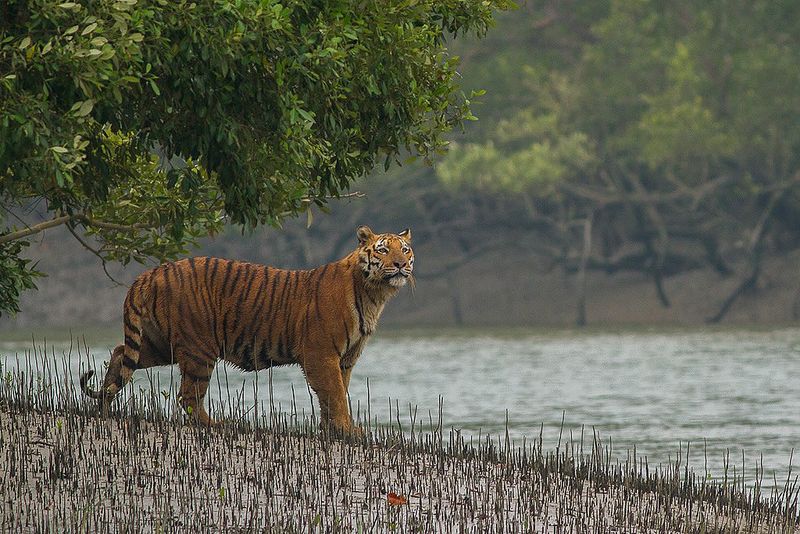
Swimming through Sundarbans mangrove forests, Bengal tigers have adapted to a semi-aquatic life unlike any other big cat. Rising sea levels from climate change threaten these unique wetland habitats with saltwater intrusion.
Known for man-eating in some regions, these tigers face constant conflict with local communities. Poaching for tiger parts remains lucrative despite international bans, while cyclones increasingly batter their shrinking coastal refuge.
10. Cougar
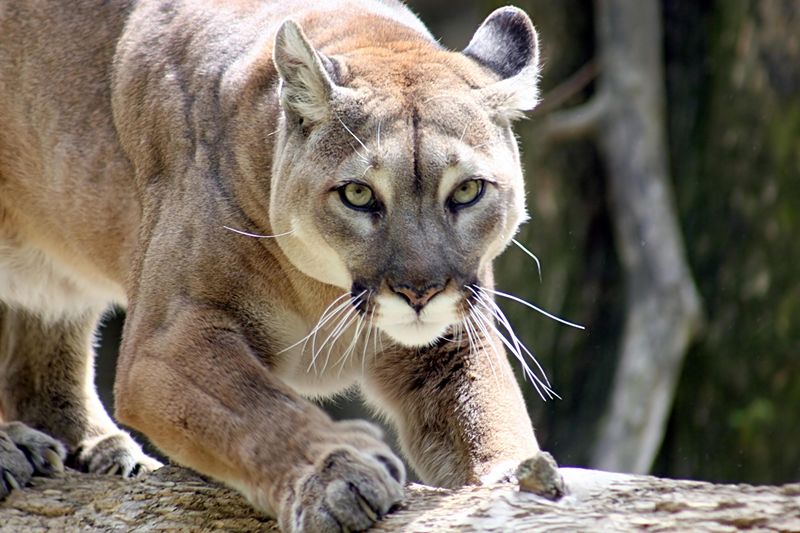
Solitary wanderers, cougars hold the Guinness World Record for the mammal with the most names – including puma, mountain lion, and catamount. Their adaptability allows them to thrive from Canadian forests to Patagonian grasslands.
Habitat connectivity remains their greatest challenge. Males require up to 200 square miles of territory, forcing them to navigate an increasingly fragmented landscape of roads, farms, and developments that often leads to deadly encounters.
11. Caracal
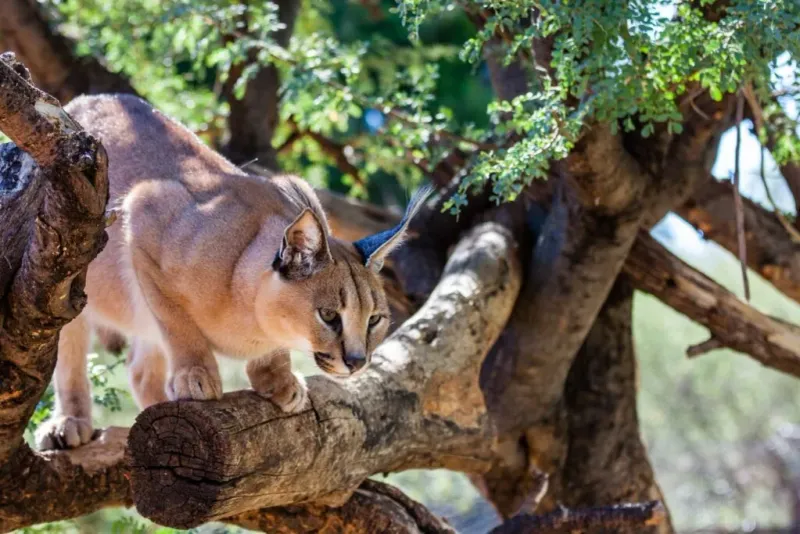
Desert acrobats with distinctive ear tufts, caracals can snatch birds from midair with spectacular six-foot vertical leaps. Their specialized hearing allows them to locate prey hidden beneath desert sands.
Persecuted as livestock killers across their range from Africa to India, caracals face poisoning and trapping by farmers. Urban expansion pushes them from traditional territories, while climate change intensifies the harsh desert conditions they’ve adapted to.
12. Serval
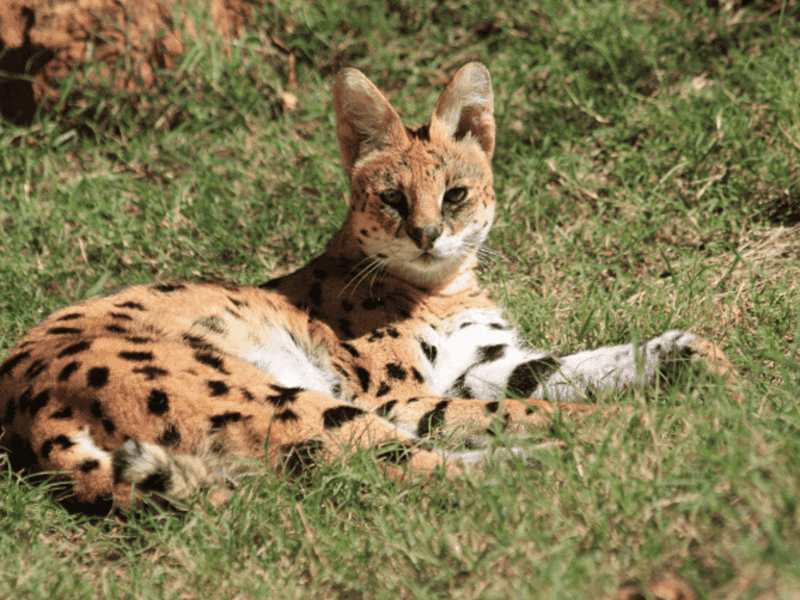
Proportionally, servals have the longest legs of any cat, allowing them to peer over tall savanna grasses and make precision pounces onto hidden prey. Their oversized ears can detect rodents moving underground.
Wetland drainage for agriculture eliminates prime hunting grounds for these specialized hunters. The exotic pet trade targets serval kittens, while their distinctive spotted coats make them targets for poachers supplying illegal wildlife markets.
13. Fishing Cat
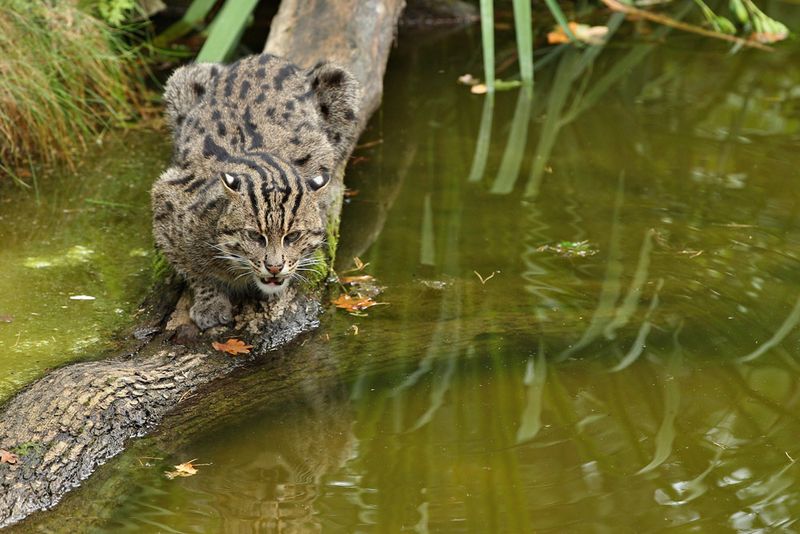
Aquatic specialists with partially webbed feet, fishing cats dive completely underwater to catch prey. Unlike most felines, they’re excellent swimmers who actually enjoy water, patrolling streams and wetlands throughout South Asia.
Wetland destruction eliminates their specialized habitat at an alarming rate. Water pollution from industrial runoff poisons their aquatic prey, while shrimp farms replace natural mangroves these unique cats depend on for survival.




